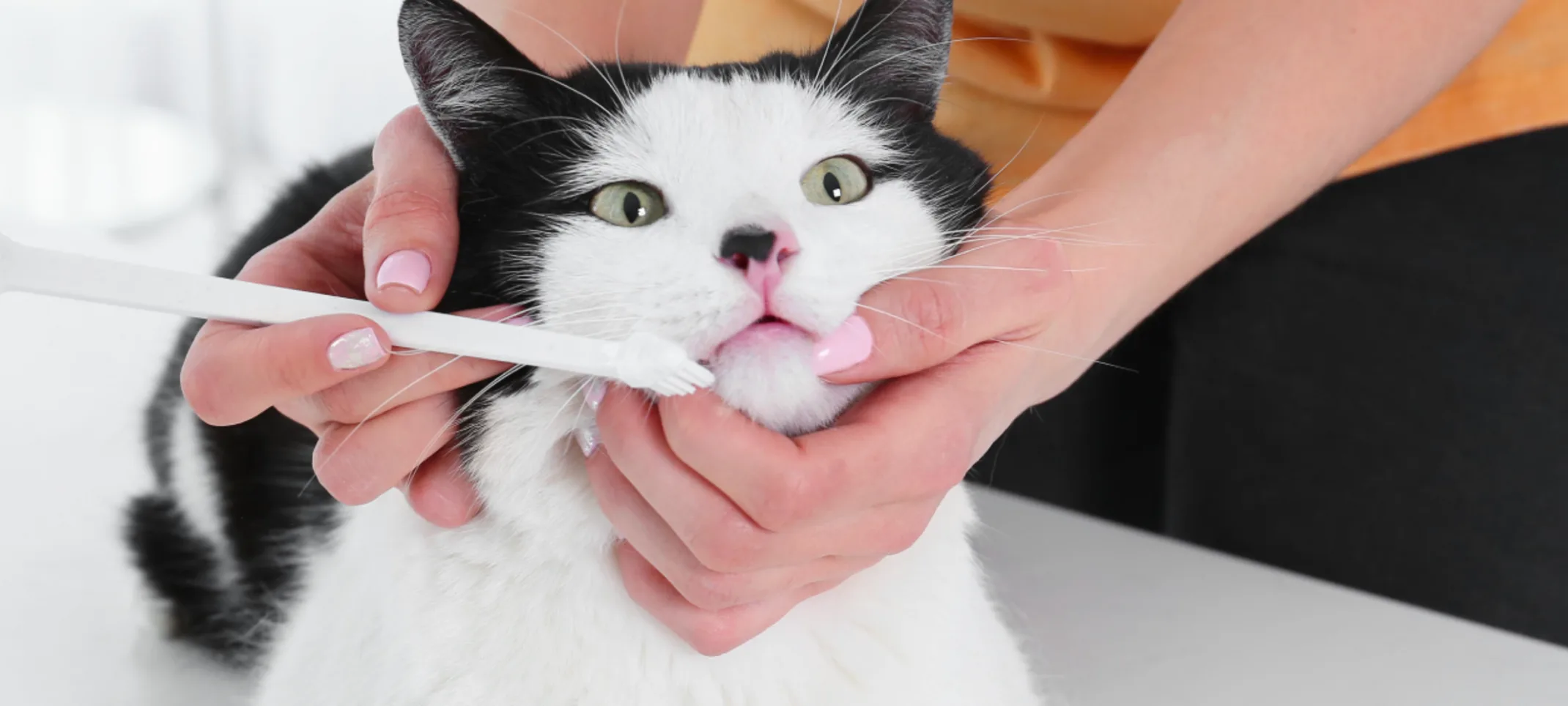Acoaxet Veterinary Clinic
Periodontal Disease
Periodontal disease is the infection and inflammation of the tooth attachment apparatus (periodontal ligament and jaw bone), caused by toxins that are released from bacteria. It is the most common clinical condition occurring in adult dogs and cats and is entirely preventable.

It begins when bacteria in the mouth form a substance called plaque that sticks to the surface of the teeth. If plaque is not removed, the plaque is calcified by the minerals in saliva to become calculus (or tartar). Once the plaque gets under the gum line, it starts causing inflammation (“gingivitis”). Gingivitis is the initial, reversible form of periodontal disease. If this inflammation is not controlled, the bacteria within the gingiva change to a more virulent type which creates more severe inflammation that leads to irreversible periodontitis, the loss of bone and soft tissue around the teeth. Gingivitis can be painful to your pet. Periodontitis may not be painful to your pet, so owner and pet is not aware of the disease until it is too late.
The best way to prevent periodontal disease in your pet is through the use of appropriate procedures and/or techniques to prevent dental and oral disease. Caring for your pet’s teeth and gums is vital to the health of your pet to remove the plaque and tarter that accumulates each day. The dental prophylaxis (the “Prophy”), or the professional cleaning, scaling and polishing of teeth, is recommended as the minimum baseline prevention of periodontal disease.
There are four recognized stages of periodontal disease in dogs and cats:
Stage 1
In stage 1 periodontal disease (also called “gingivitis”), the gums are inflamed but there is no evidence of support loss. Treatment involves plaque and calculus removal plus daily plaque prevention. Stage 2
In stage 2 periodontal disease (“early periodontitis”), the tooth begins to lose its support. Treatment involves removal of plaque and calculus, specific periodontal therapy based on examination findings as well as daily plaque prevention. Stage 3
In stage 3 periodontal disease (“established”), the loss of tooth support has progressed. Advanced periodontal procedures and stringent plaque prevention may result in saving a tooth. Stage 4
In stage 4 periodontal disease (“advanced”) greater than half of the tooth’s support is lost. Extraction is the recommended treatment of choice.
